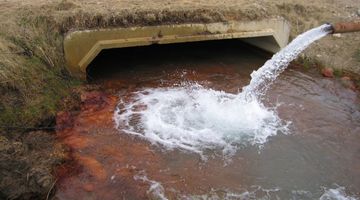ESR scientist Dr Brent Gilpin describes how they look for a variety of chemicals and bacteria that indicate the presence of poo in the water rather than the disease-causing organisms themselves. Microorganisms that cause disease are called pathogens and can be present in poo from people who have the disease.
Transcript
DR BRENT GILPIN
In the last 150 years, the biggest public health improvements have been made through keeping faecal material out of our water, and the reason for this is that faecal material – so poo from humans and animals – can contain lots of pathogenic organisms. So in New Zealand, people who are infected by bacteria such as campylobacter, or salmonella, or protozoa such as giardia, and cryptosporidium or a number of viruses such as norovirus, will excrete in their faeces millions and millions of these bacteria. So if the water that we drink doesn't contain these organisms, then we can reduce disease. So in some countries you have dead bodies and poo floating down the river, in which case, it’s fairly obvious you shouldn't drink it. But in a lot of westernised countries, we have improved things a lot, but a very small amount of contamination can be a problem. We don't actually look for the pathogenic organisms usually, but we look for the indicators that poo is present. So in any population, most people aren't actually ill, but it’s those one or two people who are ill who are the problem. So instead of looking for those organisms, we tend to look for indicators, which, in most cases, we look for bacteria – E. coli or enterococci – which are present in the poo of most humans and animals. So if you find those in your water, it’s an indication that there is faecal contamination and, potentially, there is also pathogens present.
Acknowledgements:
Julieanne Savage
JK Flem
Rémi Kaupp


